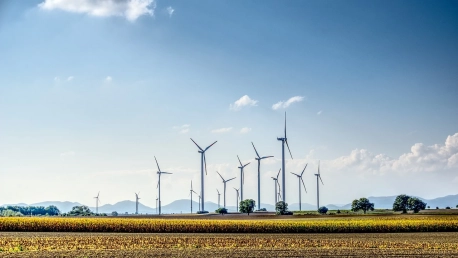2023 marked a watershed year for the EU’s climate efforts, as carbon emissions from power plants and industrial premises plummeted by an impressive 15.5%. Spearheading this environmental triumph, the energy sector outshone with a 24% reduction in its carbon footprint. This significant drop is chiefly the result of a boom in renewable energy production and progressive strides toward energy efficiency, reflecting a decisive turn away from traditional fossil fuels. Central to this achievement is the European Union’s Emissions Trading System (ETS), which covers around 45% of the region’s emissions. ETS has proven to be a catalyst for change, effectively steering industry toward greener production methods by monetizing the cost of carbon and rewarding sustainable practices. This structured approach has yielded tangible benefits, amplifying the EU’s commitment to a cleaner, more sustainable future.
Record-breaking Achievements in Energy Transition
The transition toward renewable energy sources has underscored the record-breaking achievements in reducing emissions. The European Commission praised these strides, particularly the deep reduction of emissions within the framework of the ETS. This scheme, which prices pollution permits to regulate emissions from the power generation and energy-intensive industries, has been a key policy driver shaping the cleaner energy landscape across the bloc. The move toward renewables, complemented by a decrease in coal dependency, underscores a structural change rather than a temporary fluctuation due to economic swings.
Industry and Economy: A Complex Influence
The European economy’s ebb and flow also mirrored its influence on the ETS emissions, although to a lesser extent. Industrial emissions experienced a 7% fall, peppered with factors such as increased efficiency and diminished production, consequent to high-interest rates and soaring energy costs. Nonetheless, analysts point out that this decline is not solely a reflection of green innovation, but also subdued economic growth, which has indirectly led to lower electricity demand. Therein lies a cautionary tale: emissions might rebound with the economy. In contrast, the aviation sector saw a 10% rise in emissions, following the pandemic recovery, indicating an uneven decarbonization journey across sectors. Despite these complexities, the overarching narrative for the EU remains one of significant environmental progress, one that foretells an enduring commitment to a greener future.









